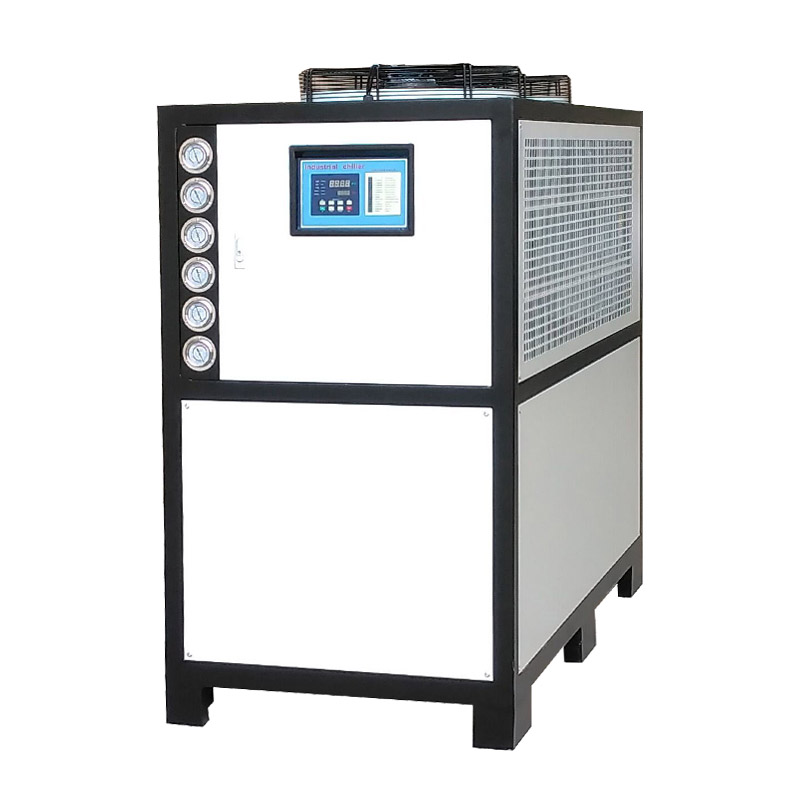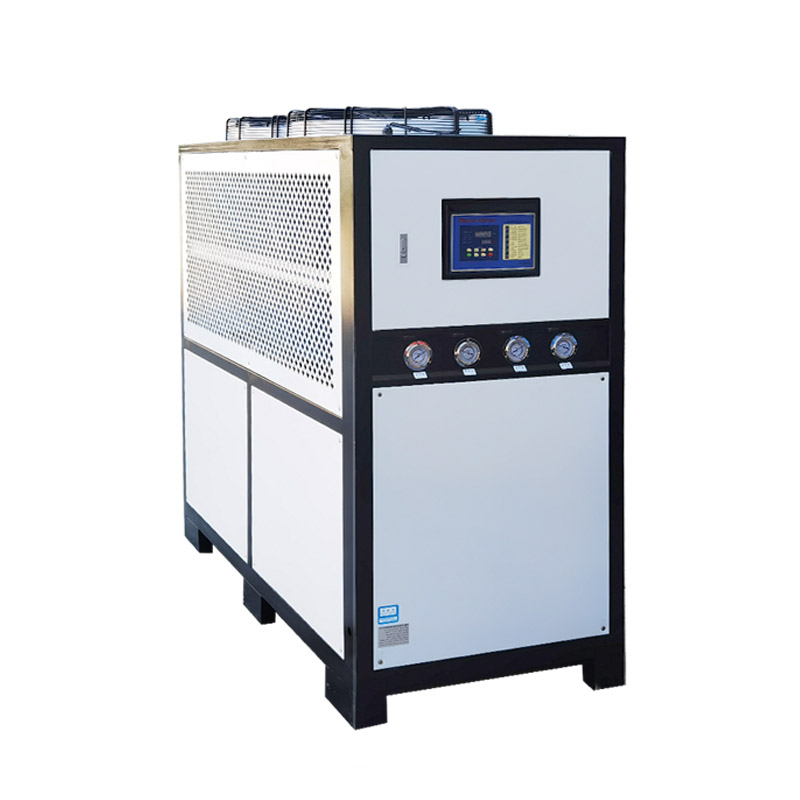
 English
English  Español
Español Português
Português русский
русский Français
Français 日本語
日本語 Deutsch
Deutsch tiếng Việt
tiếng Việt Italiano
Italiano Nederlands
Nederlands ภาษาไทย
ภาษาไทย Polski
Polski 한국어
한국어 Svenska
Svenska magyar
magyar Malay
Malay বাংলা ভাষার
বাংলা ভাষার Dansk
Dansk Suomi
Suomi हिन्दी
हिन्दी Pilipino
Pilipino Türkçe
Türkçe Gaeilge
Gaeilge العربية
العربية Indonesia
Indonesia Norsk
Norsk تمل
تمل český
český ελληνικά
ελληνικά український
український Javanese
Javanese فارسی
فارسی தமிழ்
தமிழ் తెలుగు
తెలుగు नेपाली
नेपाली Burmese
Burmese български
български ລາວ
ລາວ Latine
Latine Қазақша
Қазақша Euskal
Euskal Azərbaycan
Azərbaycan Slovenský jazyk
Slovenský jazyk Македонски
Македонски Lietuvos
Lietuvos Eesti Keel
Eesti Keel Română
Română Slovenski
Slovenski मराठी
मराठी Srpski језик
Srpski језик
Selection and application of laboratory chiller in cathode material of energy storage industry
2023-08-10
Selection and application of laboratory chiller in cathode material of energy storage industry
In the positive electrode material laboratory of the energy storage industry, the selection of the laboratory chiller is a very important step. Before determining the selection, it is necessary to consider the cooling requirements of the laboratory, environmental factors, selection brand, performance, stability and use. Life and other factors, maintenance and maintenance and after-sales service and other factors.
The commonly used cooling methods are water-cooled and air-cooled.
When choosing a cooling method, it is necessary to consider the actual situation of the laboratory location, such as high temperature, water shortage and other factors, and the air-cooled chiller is relatively more advantageous. Generally, it is better to place the air-cooled chiller outdoors, because the fan of the air-cooled chiller will emit a certain amount of heat during operation. If the low-power chiller is placed in the laboratory, there is no problem, and the high-power may cause the workshop temperature to be too high. If the ambient temperature permits, a water-cooled chiller can be selected, and it will not have any impact on placing it in the laboratory, because the water-cooled chiller relies on the external heat dissipation water tower to dissipate heat. Water-cooled chillers are suitable for use in areas where water is abundant and the temperature does not exceed sub-zero in winter.

Below, Jiusheng will explain based on customer cases that the cathode material laboratory chiller is used in a certain energy storage material test base. It needs to provide cooling for the test. The chiller has strict requirements. The cooling method is air-cooled.
First of all, the first step should be to calculate the cooling capacity of the laboratory chiller, flow × temperature difference × 4.187, and the cooling capacity of the chiller should be 35KW, using Jiusheng 15HP air-cooled chiller. In terms of temperature control accuracy, the Chiller in Jiusheng Laboratory is controlled by an intelligent computer board, which can provide a temperature display of 0.1°C.

Laboratory chiller cooling capacity calculation?
Cooling capacity = chilled water flow * temperature difference * 4.187
Chilled water flow: 6m³/h÷3.6=1.67Ls
Cooling capacity=1.67*(12-7)℃*4.187(water specific heat capacity)=34.89kw
The chiller should be a 34.89kw chiller, and the head of the chilled water pump is 20M
The selection of laboratory chillers should also take into account the local environmental conditions, such as drought and water shortage in some areas. If water-cooled chillers are used, it will cause difficulty in cooling water, while Jiusheng air-cooled chillers can effectively solve water problems. To use the Jiusheng chiller, you only need to inject appropriate water, and the unit will dissipate heat through the fan during operation. When the water tank is short of water, the water source can be effectively controlled through the unit’s automatic water replenishment device.

Jiusheng laboratory chiller can also be used in thermal shock test chambers, high and low temperature test chambers, laser cooling, black body furnace cooling, crystal growth furnace cooling, widely used in biotechnology, semiconductors, photovoltaics, energy storage materials, chemical pharmaceuticals, Surface treatment and other special industries.
Based on the above factors, when selecting a model, you should choose a brand chiller with strong stability, large cooling capacity, low power consumption, safety and reliability, simple operation, customized service, and after-sales guarantee, such as a well-known brand, our Jiusheng, etc. Ensure reliable cooling and cooling equipment for cathode materials in the laboratory. At the same time, Jiusheng also provides customized solutions for different experimental needs, providing suitable laboratory chiller models and related services.





